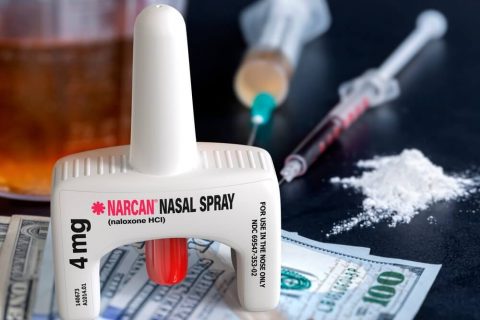What Are the Symptoms of Xanax Withdrawal?
Starting the journey to recover from Xanax dependency can be challenging. But understanding what lies ahead can make a real difference.
Let’s dive into the details of the symptoms of Xanax withdrawal, a significant part of the rehab process!
What is Xanax?
Xanax, a commonly prescribed medication for anxiety and panic disorders, is known for its calming effects.
However, when a person decides to stop taking it, they may experience withdrawal symptoms.
How Addictive is Xanax?
Xanax is a highly addictive substance that can cause physical dependence when taken for an extended period.
Withdrawal symptoms are often a result of long-term use and discontinuation, so it’s important to talk to your doctor about the frequently seen risks seen with prolonged use.
Understanding Xanax Withdrawal
Withdrawal from Xanax is a process that occurs when a person who has been taking the drug regularly decides to stop or significantly reduce their dose.
This sudden change can shock the body and lead to several physical and psychological withdrawal symptoms.
Common Withdrawal Symptoms for Xanax Addiction
Physical symptoms can include:
- Sleep disturbances
- Hand tremors
- Sweating
- Nausea
- Dry retching
- Headaches
- Restlessness
Psychological symptoms often include:
- New or worsening anxiety and depression
- Memory problems
- Panic attacks
- Mood swings
- Irritability
What Factors Affect the Xanax Withdrawal Timeline?
The severity of Xanax withdrawal symptoms can be determined by how long a person has taken the medication.
Other factors that may affect the intensity of symptoms include:
- Age
- Gender
- Genetics
- Other medical conditions
- Mental health history
- Substance use history
What Are the Stages of Xanax Withdrawal, and How Long Does Each Last?
The stages of Xanax withdrawal can vary depending on the individual and their length of use. Generally, there are three stages: pre-acute, acute, and post-acute.
Pre-Acute Withdrawal Phase
The pre-acute phase can last a few days to several weeks.
During the pre-acute phase, symptoms are typically mild, including:
- Nausea
- Headache
- Irritability
- Insomnia
- Anxiety
- Restlessness
Acute Withdrawal Phase
The acute phase is when the most intense symptoms appear.
These symptoms can include:
- Increased anxiety
- Panic attacks
- Confusion
- Delirium (an acute mental confusion)
- Seizures
- Hallucinations
This phase can last anywhere from a few days to several weeks.
Post-Acute Withdrawal Phase
Post-Acute Withdrawal Syndrome (PAWS) is a set of symptoms that may persist after the acute withdrawal phase has ended.
This includes physical and psychological problems associated with substance abuse that last for months or even years.
Symptoms of PAWS can include:
- Depression
- Anxiety
- Fatigue
- Insomnia
- Mood swings
- Difficulty focusing
- Poor appetite
The severity of PAWS symptoms can vary from person to person.
How Is Xanax Withdrawal Treated?
The most crucial part of treating Xanax withdrawal is slowly and safely reducing the dose over time so the body can adjust.
A doctor should supervise this detox process and may include medications to help reduce symptoms and prevent relapse.
Other Xanax addiction treatment programs include:
- Cognitive Behavioral Therapy (CBT): CBT helps identify and change unhealthy behaviors and thought patterns related to Xanax use.
- Dialectical Behavior Therapy (DBT): DBT focuses on developing skills to manage stress and emotions better.
- 12-step Support Groups: Support groups allow people in recovery to connect with others dealing with addiction.
- Medication-Assisted Treatment (MAT): MAT combines behavioral therapies with medications that help reduce cravings and drug withdrawal symptoms.
- Nutritional Support: Getting the right vitamins and minerals can help maintain physical health during detox.
- Relaxation Techniques: Relaxation techniques such as yoga, massage, and deep breathing can help manage stress levels during withdrawal and recovery.
- Exercise: Regular exercise has been linked to reduced anxiety and depression associated with Xanax withdrawal.
- Holistic Therapies: Holistic therapies such as acupuncture, herbal remedies, and aromatherapy can help reduce stress and anxiety during recovery.
Reign Residential Treatment Center Offers Treatment for the Symptoms of Xanax Withdrawal
Reign Residential Treatment Center is a full-service residential addiction treatment center that offers comprehensive care for individuals struggling with Xanax withdrawal and other substance use disorders.
Our experienced team uses evidence-based therapies and holistic treatments to provide high-quality care.
We aim to provide clients with compassionate care while helping individuals regain control over their lives. Contact us today for more information about our Xanax withdrawal treatment program. We are here to help you on your journey to recovery.





